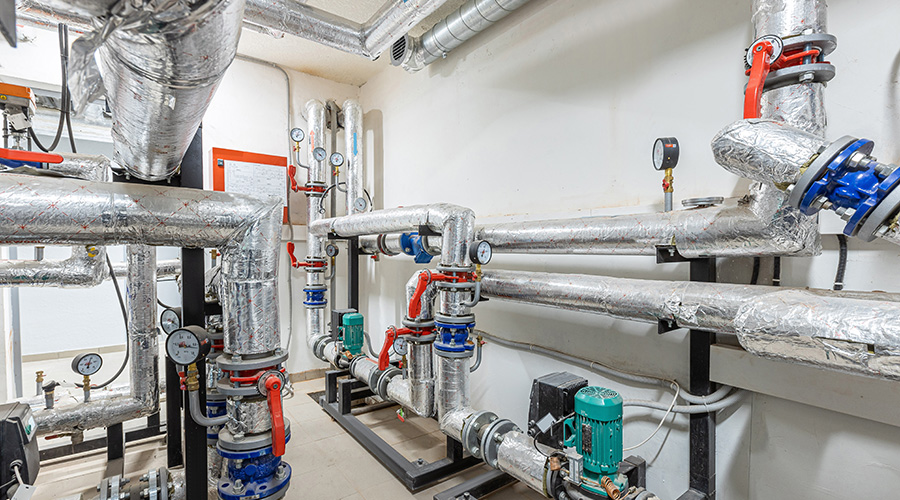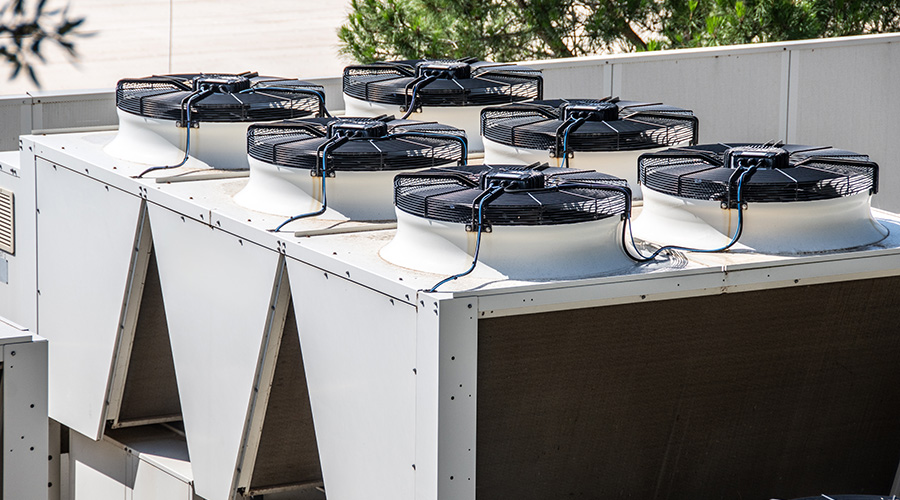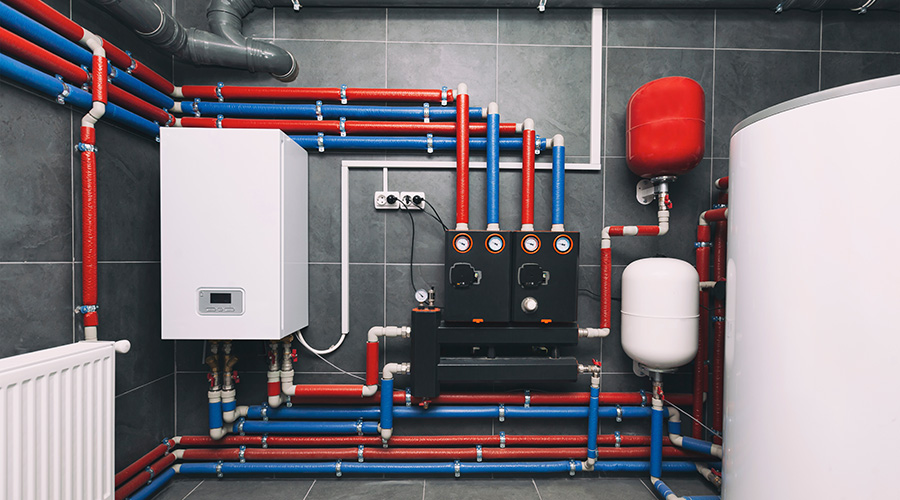 The city of Louisville's upgrades to its municipal buildings are projected to produce annual energy savings of $2.7 million, for a total of $56 million over 25 years, all in an effort to help the city reach its goal of cutting per capita energy use 25 percent by 2025.
The city of Louisville's upgrades to its municipal buildings are projected to produce annual energy savings of $2.7 million, for a total of $56 million over 25 years, all in an effort to help the city reach its goal of cutting per capita energy use 25 percent by 2025.Calculating HVAC Technology Benefits and Savings
New HVAC equipment can not only lower energy costs, it can also increase technician productivity by requiring less maintenance.
Delivering on promises
Louisville’s building and system upgrades are in the measurement and verification phase as managers work with the performance contract partner in checking the calculations that were part of the initial payback scenario. Even without final results, Zoeller says he is generally satisfied with the upgrades.
“There is no doubt that we’ve seen savings in our energy bills, and there’s no doubt that if you replace a 40-year-old boiler with a newer model, that’s a tremendous upgrade,” he says. “There’s less maintenance and less downtime.
“What’s very complicated is that people want to be able to measure results, as in, ‘If you did this, my energy bill should be down by X.’ But there are so many factors involved in these results, from the weather to the costs you’re paying. But there’s no doubt that with the amount of equipment we were able to replace, we’re seeing tremendous savings, and saved maintenance dollars, as well.”
In addition to affecting the workload of maintenance and engineering technicians, the new technology installed as part of the upgrades has had an impact on technicians’ skills and training.
“The projects have pulled us into the 21st Century,” Zoeller says. “We had to educate our staff because now there’s a whole lot more building automation and controls involved. In several of our facilities, we were able to implement (a new building automation system), which is a powerful tool that allows you to do a lot of things remotely and far quicker. But we also had to bring up the capabilities of our staff, and that’s probably one of the biggest changes.
“The new equipment does require less maintenance than a lot of the stuff we were Band-Aid-ing along. But we did have to bring up the capabilities of our staff, and we’re still working on increasing other capabilities when dealing with controls and some of the more complex systems.”
The changes to facilities also have raised the age-old challenge of trying to meet the varying comfort expectations of facility occupants.
“In this contract, there were parameters set, one of which was that we had to maintain a certain temperature in all of our buildings in order to be in compliance with the contract and to be able to calculate the return,” Duncan says. “We have many different agencies with a lot of individuals who feel they are above having to do that. So we’ve had to override a number of buildings or facilities in order to accommodate the employees or the administration council staff. That’s problematic because we’re cutting off our nose to spite our face. You have to weigh the political ramifications with the payback.”
While acknowledging the challenges of upgrading HVAC systems, Duncan, Zoeller and their staffs have taken the opportunity to explain the goals of the upgrades to building occupants.
“Whenever you’re dealing with people’s personal comfort, it can be difficult to deal with. In the same office, you can have some people wearing sweaters and some people complaining it’s hot,” Zoeller says. “So what we tried to do for energy savings was to lock down setpoints. That obviously was not received well on many fronts.
“For a lot of people, it was a mindset change to get them thinking about energy conservation and understanding the ramifications of that. That was definitely a challenge and part of the education process.”
What lies ahead
With the energy performance contracts ending, Zoeller and Duncan say they are looking for additional opportunities to improve the energy efficiency of Louisville’s municipal facilities. One effort involves expanding the installation of solar technology.
“We’ve invested in energy management software,” Duncan says. “We are auditing all of our meters, and we’re working with the local gas and electric company. We’ve found a number of meters that we’re paying for that we should not have been paying for.” The application enables managers and technicians to tap into facility energy-use data to identify opportunities to save.
“That software is a very valuable tool because we’re able to identify issues and then do a deeper dive on where we’re seeing spikes,” Zoeller says. “We’re putting smart meters on several of our facilities so we can have closer to real-time information and identify spikes and troubleshoot those issues.”
Related Topics:














